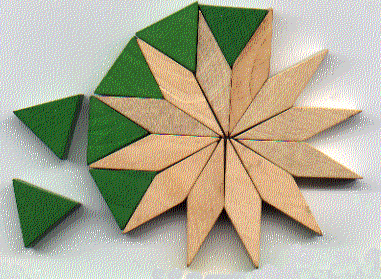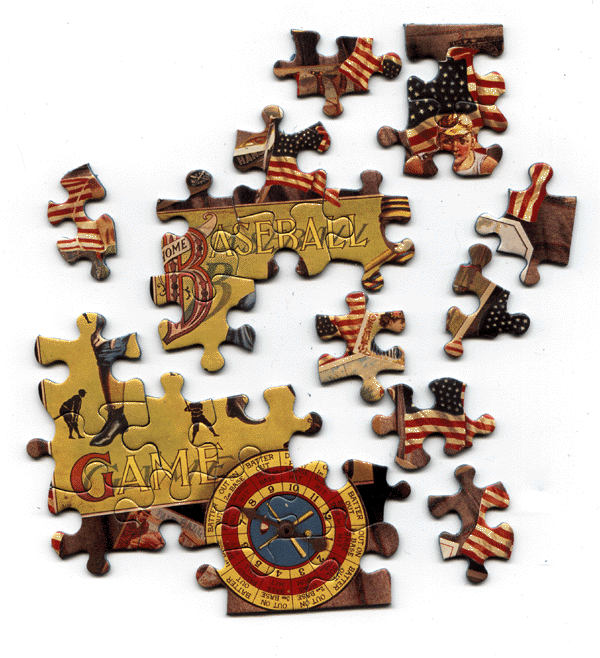Doing Two Things at Once
or, Leaning on a Truck and other parallel play
by Sandra Dodd


Women talk face to face, they say, but men lean side by side on a truck. Another version of leaning on a truck is fishing: facing the same way, doing the same thing. Traditionally these days parents and children move in different spheres and do different things, but unschooling families mix ages and activities.
What can be the model of parent/child interaction? Well there's the time-honored "riding in the car," a great time and place for humor, news, and deep conversation. With a tape player, you get music, stories, and grand lyrics about the history of the world and faraway places. But people can't live in the car. Washing dishes is a great time to sing or tell stories, but even after the biggest holiday dinner, the dishwashing ends. Raking leaves is a great project to lend itself to talking while doing.

Inside the house, though, I have discovered the motherlode of two-for-ones, of tools for inspiring and sustaining conversation. I suppose you have some of these things, or might want to put them on your wish list. My favorite is pattern blocks. There are some hardwood blocks stained in a few bright colors, available for $25 at educational supply stores and upscale toyshops. They are mesmerizing. We bought a second set after a while so we could fill the table with one big mandala pattern after another. And over those blocks my children have told their secret dreams, and we have discussed art and math, manufacturing, stain and paint, we have laughed and been silent.
While the blocks were still out our children have dazzled visiting adults with their dexterity and artistic sense, then they've wandered off and the visitors have talked to me, while making patterns with blocks, about things that might have been hard to discuss if we were sitting facing one another. They've discussed their fears and love lives and embarrassments, and made some really great patterns.
Jigsaw puzzles are wonderful, and you can get them at yard sales and thrift stores for less than a dollar. Greeting cards cost $2 now, but you can get a thousand-piece jigsaw puzzle for 50 cents and so what does it matter if it might have a piece or three missing? Cheaper than a greeting card. Work it and throw it away. While you're working it, the picture on the box will inspire questions, stories, ideas, tangents. The shapes of the pieces will remind people of other connections in their lives. Except for those toddlers who eat puzzle pieces, puzzles can involve people of all ages together. There are some on the market now with big pieces at one end, medium in the middle, and small for the rest. Some bright parent thought THAT up. They'll be coming soon to a yard sale near you.
 At a thrift store I got some castle building blocks made in Spain, about which many a grown man has said, "I wish I had these when I was a boy!" They're especially interesting to those who have seen castles, read about them, and who can set the portcullis up without looking at the instructions. And while they're building castles they're talking about fishing or trucks or computers or the dangers of amateur fire-eating.
At a thrift store I got some castle building blocks made in Spain, about which many a grown man has said, "I wish I had these when I was a boy!" They're especially interesting to those who have seen castles, read about them, and who can set the portcullis up without looking at the instructions. And while they're building castles they're talking about fishing or trucks or computers or the dangers of amateur fire-eating.
Over the years we have collected magnets in one plastic cup—leftovers from various games, magnet sets, things found in parking lots, etc. Sometimes the magnets come out, and nobody passes without playing. Nobody plays without sitting and talking.
For Christmas I got a miniature Zen garden. Leaving it out for all comers has been enlightening for definite sure. Some people do very western-style patterns. Some have obviously seen Zen gardens or at least photos, because they'll pull the rocks out and make a pile of sand for a focal point. "It's just like an Etch-a-Sketch," I heard once. We've discussed the difference in the sand at various beaches, how it's "mined" by the Rio Grande, and what that stuff really is is at White Sands down by Alamogordo, where the grandparents live.
We have made good use of making patterns in the slots of a revolving rack of poker chips, and then with poker chips out on the table. I have set out photocopied pictures and cheap water colors, lots of brushes, and had side-by-side painting by the hour. Whichever kids or visitors wander by will be drawn in and as they play or paint they talk and share and think.
Some families are less likely to play than others. Some adults have forgotten how. I treasure the moments when a recently-schooled older child has snorted at the "daily special" out on the table, but on seeing an adult pick up the modeling wax or the tops that are really felt tip pens and leave a pink squiggly trail, or whatever cool thing is out, they sit, play and talk.
All this talkin'—what is it good for? Everything in the whole wide world. If I planned to talk specifically about castles during castle block days, I might have missed the discussion of why one little girl is jealous of other friends and how she might best be encouraged to play in groups. We might not have discussed compost piles while playing with magnets had I said that what animals eat has nothing to do with magnetism.
Toothpicks and miniature marshmallows—now there is a bonding activity. I recommend against using such words as "angles" and "pyramids" though, and just let conversation flow to sugar, campfires, trees, squirrels, Volkswagens, Utah, sandstone, soapstone, tobacco, sailing ships and the Spanish Armada. If you call it "geometry" you might not get all the way to England with it.
So why does this work? Let us assume (with my house as an example, at least) that hyperactivity runs in families and that like attracts like. With extra energy, people can do two things at once. If one of those things is pattern-building and physical, that whole verbal part of the brain is still available. Working on patterns in silence allows one's mind to whirl and twirl. Doing something non-verbal while talking has a special advantage: Silence is not awkward. Changing the subject temporarily to talk about the blocks or paints or puzzle is not really changing the subject. Fear and foreboding won't cause people to leave the conversation or cry. It's possible to pause, think, breathe, stall, collect oneself and come back to the topic in a minute. I have a near-teen here who sometimes needs to be with me a while before he gets to what he needs to say. That puzzle didn't really need to be worked, but perhaps that child needed to sit with that parent.
I can't predict what will be discussed the next time you set out some engrossing bowl of shells or foreign coins, or a box of buttons, or the antique Tinker Toys you got at the garage sale, but if you sit there long enough, the talking will start and I don't think you'll be disappointed.

This article first appeared in the March-April 1999 issue of Home Education Magazine. It was written when my children were 12, 10 and 7. They had not then nor have they since been to school.
When do I stop documenting school? 🙂

Family Bonding
(15 minute audio interview and transcript)
